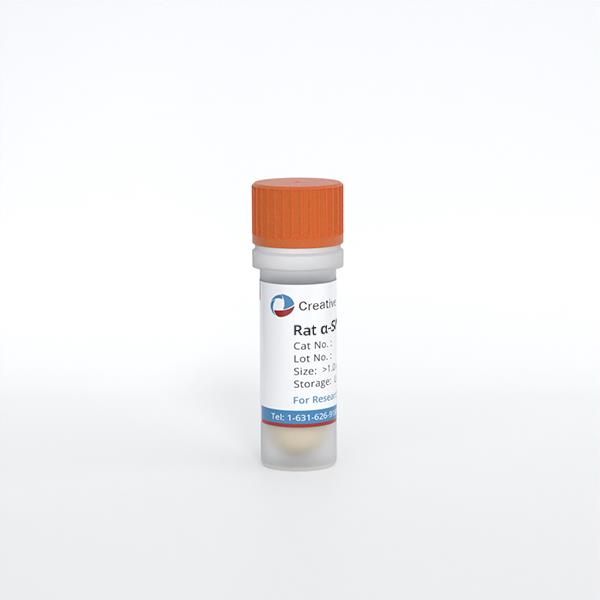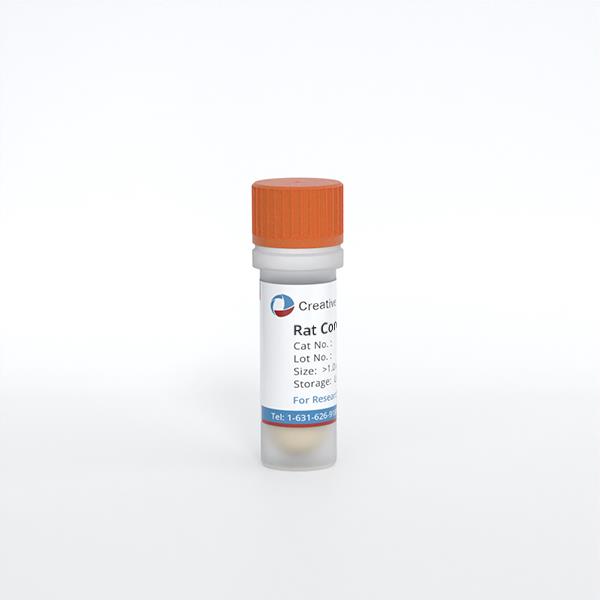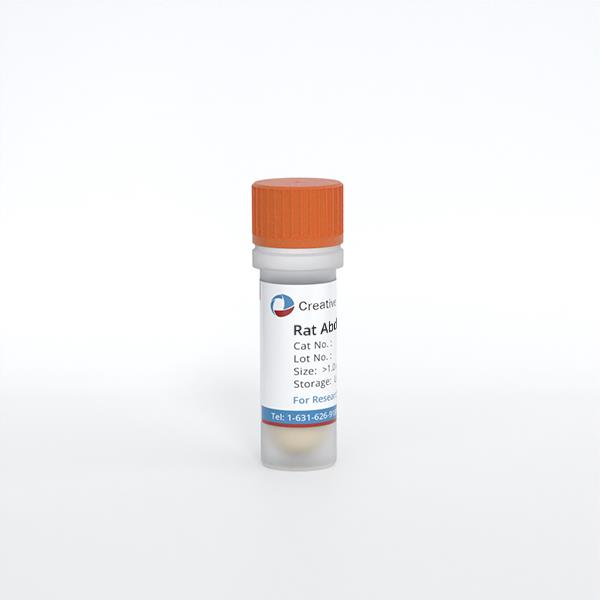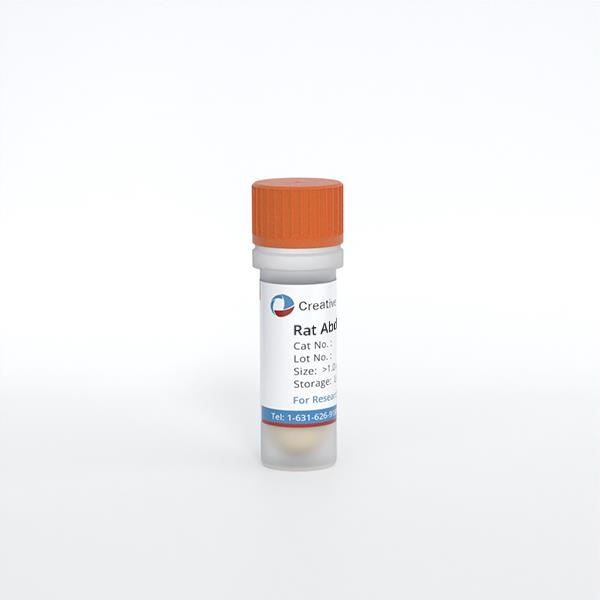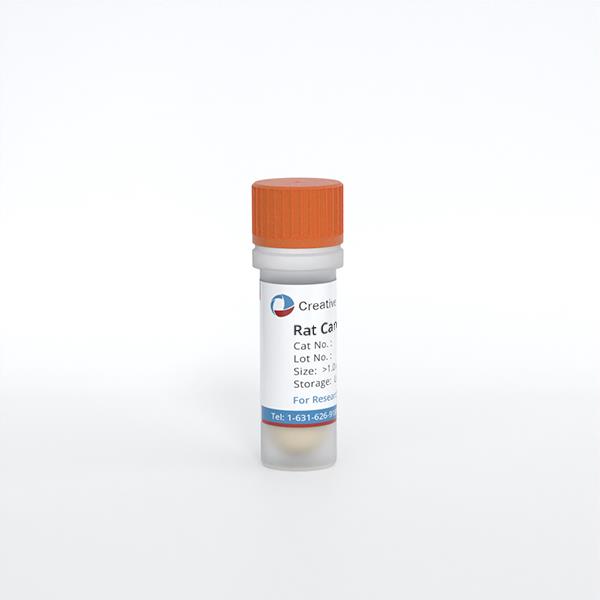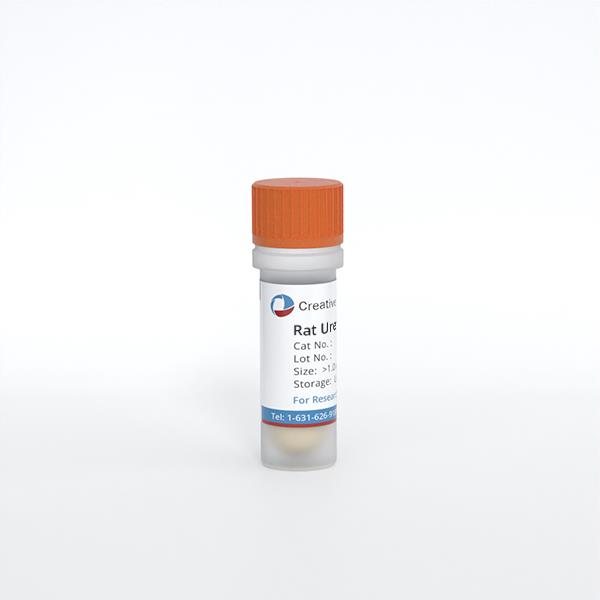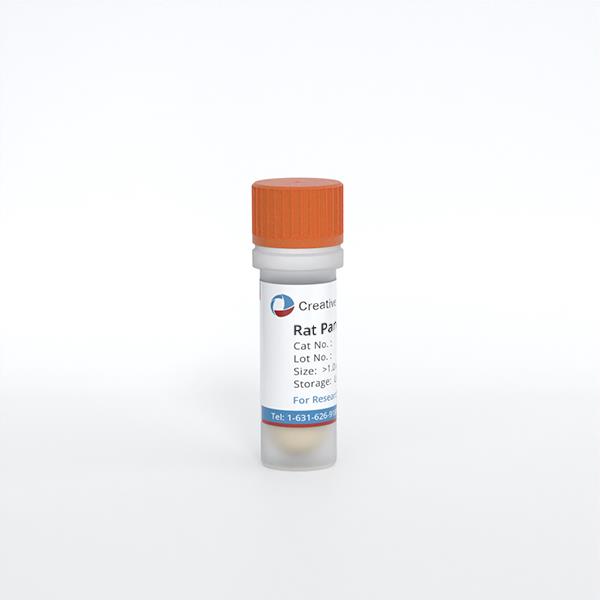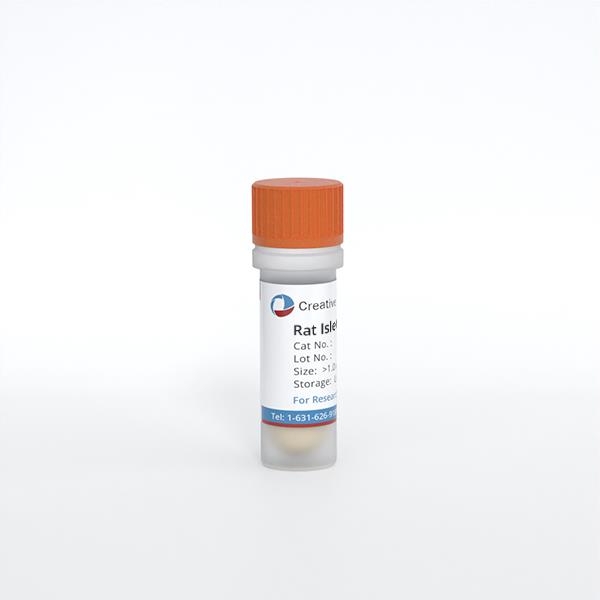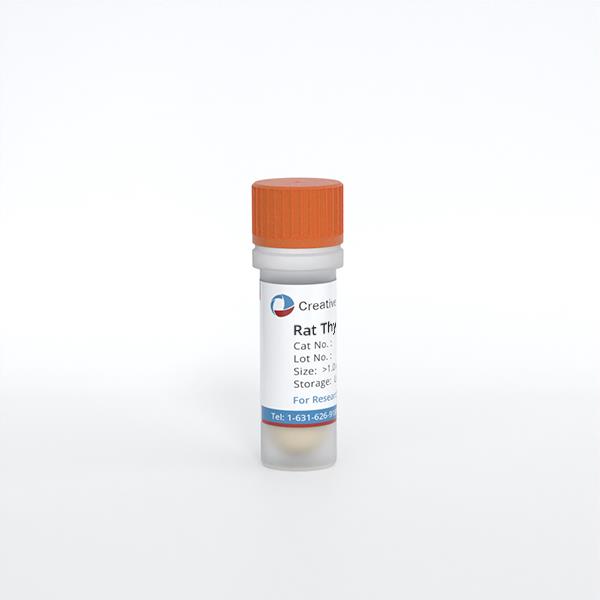Animal Primary Cells
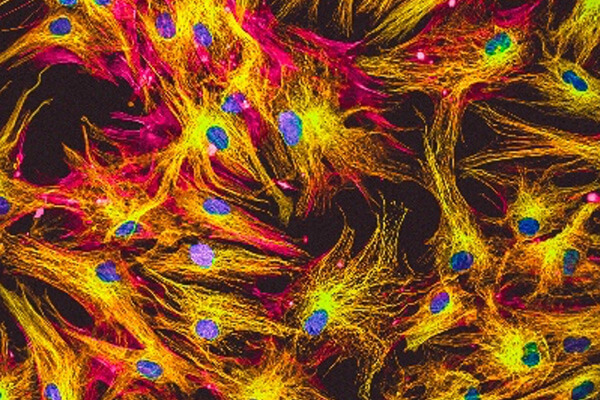
The animal cell model is an alternative for in vivo studying the biological functions of cells. As models for human systems, researchers can use animal cells to examine a wide range of disease mechanisms and evaluate novel treatments before applying the results of these investigations to humans. Animal cell culture has found use in diverse areas, from basic to advanced research.
- Studying basic cell biology, cell cycle mechanisms, specialized cellular functions, cell-cell and cell-matrix interactions
- Toxicity testing to study the effects of new drugs
- Gene therapy for replacing non-functional genes with functional gene-carrying cells
- Production of vaccines, monoclonal antibodies, and pharmaceutical drugs
- Production of viruses for use in vaccine production
Creative Bioarray's animal primary cells are isolated from normal or diseased animal tissues. They are rigorously quality tested to meet our high standard and specifications.
- Over 500 different lots available
- Isolated from both healthy and diseased animals
- Cryopreserved immediately after isolation
- Stored in frozen vials
Search our available specified cell types to find primary cell solutions for your research.
Filters Clear all filters
Species
- Bovine (20)
- Cat (1)
- Chicken (4)
- Dog (114)
- Fish (1)
- Fruitfly (1)
- Goat (2)
- Guinea Pig (6)
- Hamster (95)
- Horse (1)
- Human (793)
- Minipig (2)
- Monkey (128)
- Mouse (866)
- Pig (106)
- Rabbit (249)
- Rat (321)
- Sheep (2)
- Squirrel (1)
- Turkey (1)
Source
- Adipose (27)
- Adrenal Gland (10)
- Airway (7)
- Anus (3)
- Aorta (83)
- Artery (178)
- Bile Duct (9)
- Bladder (45)
- Blood (190)
- Bone (13)
- Bone Marrow (154)
- Brain (158)
- Breast (63)
- Bronchus (43)
- Cartilage (19)
- Cervix (5)
- Chorion (5)
- Choroid (8)
- Ciliary Body (1)
- Colon (63)
- Conjunctiva (8)
- Cord Blood (24)
- Cornea (24)
- Dental Pulp (4)
- Dermis (109)
- Diaphragm (3)
- Ear (9)
- Embryo (21)
- Endometrium (9)
- Epidermis (25)
- Epididymis (3)
- Esophagus (31)
- Eye (87)
- Foreskin (2)
- Gallbladder (4)
- Gingiva (18)
- Hair Follicle (15)
- Heart (62)
- Intestine (150)
- Iris (1)
- Kidney (144)
- Lens (4)
- Liver (118)
- Lung (188)
- Lymph Node (26)
- Mesentery (18)
- Nose (3)
- Oral Cavity (8)
- Ovary (70)
- Oviduct (6)
- Pancreas (66)
- Pancreatic Duct (3)
- Pancreatic Islet (11)
- Parathyroid Gland (4)
- Penis (6)
- Perineurium (1)
- Periodontal Ligament (5)
- Periodontium (23)
- Peripheral Blood (150)
- Peritoneal Cavity (14)
- Placenta (29)
- Prostate (62)
- Pudenda (2)
- Rectum (3)
- Retina (36)
- Salivary Gland (3)
- Sclera (3)
- Seminal Vesicle (1)
- Skeletal Muscle (35)
- Skin (152)
- Small Intestine (54)
- Spinal Cord (10)
- Spleen (71)
- Stomach (36)
- Synovial Fluid (2)
- Synovium (9)
- Tendon (6)
- Testis (14)
- Thymus (47)
- Thyroid (34)
- Tongue (4)
- Tonsil (3)
- Tooth (4)
- Trabecular Meshwork (2)
- Trachea (41)
- Umbilical Cord (27)
- Ureter (8)
- Uterus (57)
- Vas Deferens (1)
- Vein (103)
Cell Type
- Adipocyte (4)
- Astrocyte (32)
- B Cell (30)
- Basal Cell (3)
- Basophil (1)
- Beta Cell (3)
- Cardiomyocyte (14)
- CD133+ Cell (6)
- CD34+ Cell (21)
- Cholangiocyte (9)
- Chondrocyte (14)
- Dendritic Cell (15)
- Endothelial Cell (678)
- Endothelial Progenitor Cell (7)
- Eosinophil (1)
- Epithelial Cell (480)
- Fibroblast (447)
- Glial Cell (57)
- Granule Cell (2)
- Granulocyte (12)
- Hepatic Stellate Cell (9)
- Hepatocyte (23)
- Interstitial Cell (9)
- Keratinocyte (23)
- Keratocyte (3)
- Kupffer Cell (8)
- Leydig Cell (3)
- Lymphocyte (82)
- Macrophage (31)
- Mast Cell (3)
- Melanocyte (11)
- Meningeal Cell (4)
- Mesangial Cell (10)
- Mesothelial Cell (4)
- Microglia (6)
- Microvascular Cell (306)
- Monocyte (16)
- Mononuclear Cell (107)
- Myeloid Cell (2)
- Myoblast (5)
- Myofibroblast (3)
- Myosatellite Cell (2)
- Neuron (48)
- Neutrophil (10)
- NK Cell (11)
- Oligodendrocyte (3)
- Oligodendrocyte Progenitor Cell (4)
- Osteoblast (8)
- Osteoclast (2)
- Osteocyte (3)
- Pancreatic Stellate Cell (4)
- Pericyte (20)
- Podocyte (4)
- Preadipocyte (16)
- Progenitor Cell (15)
- Red Blood Cell (12)
- Retinal Ganglion Cell (3)
- Satellite Cell (2)
- Schwann Cell (4)
- Sebocyte (1)
- Sertoli Cell (5)
- Skeletal Muscle Cell (9)
- Smooth Muscle Cell (233)
- Spermatogonium (3)
- Stromal Cell (39)
- Synoviocyte (7)
- T Cell (37)
- Tenocyte (6)
- Trabecular Meshwork Cell (2)
- Trophoblast (4)
Disease
- Acute Lymphocytic Leukemia (ALL) (15)
- Acute Myeloid Leukemia (AML) (13)
- Amyotrophic Lateral Sclerosis (ALS) (4)
- Aplastic Anemia (AA) (1)
- Arteriovenous Malformation (AVM) (1)
- Asthma (5)
- Astrocytoma (2)
- Autoimmune Hemolytic Anemia (AIHA) (1)
- Autoimmune Lymphoproliferative Syndrome (ALPS) (1)
- Breast Cancer (8)
- Cancer (144)
- Cervical Cancer (2)
- Chronic Lymphocytic Leukemia (CLL) (19)
- Chronic Myeloid Leukemia (CML) (14)
- Chronic Obstructive Pulmonary Disease (COPD) (6)
- Colon Cancer (9)
- Crohn's Disease (3)
- Cystic Fibrosis (CF) (7)
- Diabetes (110)
- Diabetes Type 1 (16)
- Diabetes Type 2 (18)
- Diffuse Large B-Cell Lymphoma (4)
- Dilated Cardiomyopathy (DCM) (1)
- Duchenne Muscular Dystrophy (DMD) (5)
- Essential Thrombocythemia (ET) (1)
- Glioblastoma (3)
- Guillain-Barre Syndrome (GBS) (1)
- Hypertension (27)
- Idiopathic Thrombocytopenic Purpura (ITP) (1)
- Inflammatory Bowel Disease (IBD) (5)
- Iron-Deficiency Anemia (1)
- Kidney Cancer (3)
- Legg–Calvé–Perthes Disease (LCPD) (2)
- Leukopenia (1)
- Liver Cancer (3)
- Lung Cancer (12)
- Mantle Cell Lymphoma (MCL) (8)
- Melanoma (2)
- Mucopolysaccharidosis (2)
- Multiple Myeloma (MM) (12)
- Multiple Sclerosis (MS) (3)
- Muscular Dystrophy (MD) (1)
- Myelodysplastic Syndrome (MDS) (3)
- Neurofibromatosis (NF) (3)
- Non-Hodgkin Lymphoma (NHL) (10)
- Normal (2341)
- Osteoarthritis (OA) (4)
- Ovarian Cancer (6)
- Pancreatic Cancer (3)
- Pancytopenia (1)
- Parkinson's Disease (PD) (2)
- Plasmacytoma (1)
- Polycythemia (1)
- Prostate Cancer (6)
- Psoriasis (4)
- Rheumatoid Arthritis (RA) (6)
- Robertsonian Translocation (ROB) (1)
- Sickle Cell Anemia (2)
- Systemic Lupus Erythematosus (SLE) (4)
- Thrombocytopenia (1)
- Transverse Myelitis (TM) (1)
- Ulcerative Colitis (UC) (2)
- Waldenström Macroglobulinemia (WM) (2)
Description: Pericytes are fibroblast-like cells with extensive cytoplasmic processes that wrap around ...
Description: Adventitial fibroblasts (AF) in vascular adventitia produce collagen to support the blood vessel's ...
Description: Coronary arteries are the arteries that supply blood to the heart. They originate from the root of ...
Description: The carotid arteries are major blood vessels in the neck that supply blood to the brain, neck, and ...
Description: The abdominal aorta is the largest artery in the abdominal cavity. As part of the aorta, it is a ...
Description: The abdominal aorta is the largest artery in the abdominal cavity. As part of the aorta, it is a ...
Description: The abdominal aorta is the largest artery in the abdominal cavity. As part of the aorta, it is a ...
Description: The femoral artery is a large vessel that provides oxygenated blood to lower extremity structures ...
Description: The femoral artery is a large vessel that provides oxygenated blood to lower extremity structures ...
Description: The carotid arteries are major blood vessels in the neck that supply blood to the brain, neck, and ...
Description: The aortic arch is the top part of the main artery carrying blood away from the heart. It is the ...
Description: The aortic arch is the top part of the main artery carrying blood away from the heart. It is the ...
Description: The jugular vein is present in the neck of vertebrates. The vascular endothelial cell layer is a ...
Description: The ureter is a tube that carries urine from the kidney to the urinary bladder. Urine passes ...
Description: The pancreas is an elongated, tapered organ located across the back of the belly, behind the ...
Description: The pancreas is an elongated, tapered organ located across the back of the belly, behind the ...
Description: Thymocytes are part of the immune system and develop from stem cells in the bone marrow, which is ...
Description: The thymus is a superior mediastinal retrosternal organ. It is bilobed and has two subcomponents: ...
